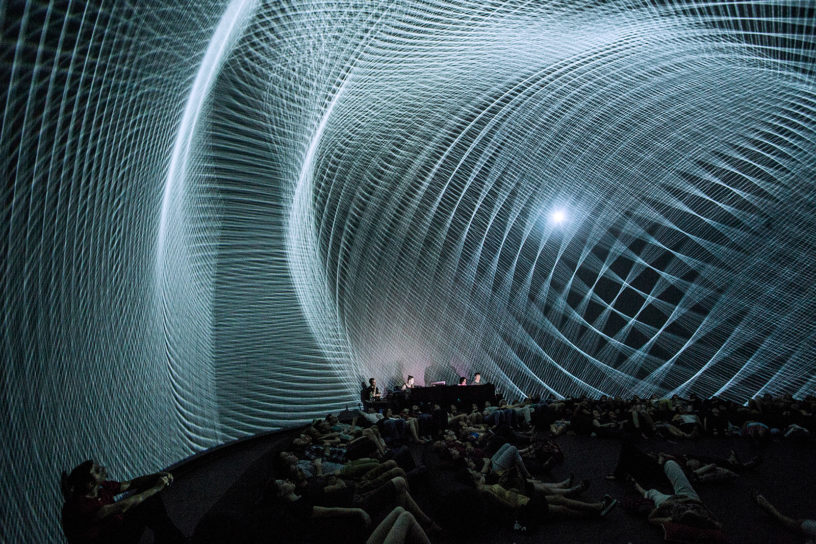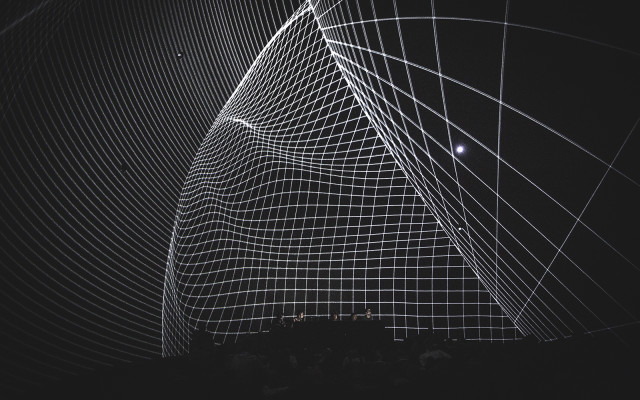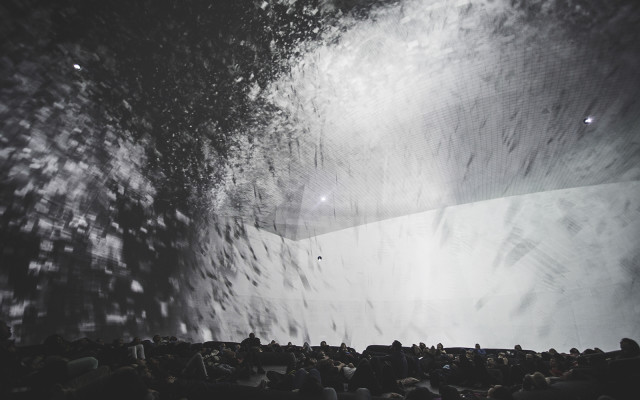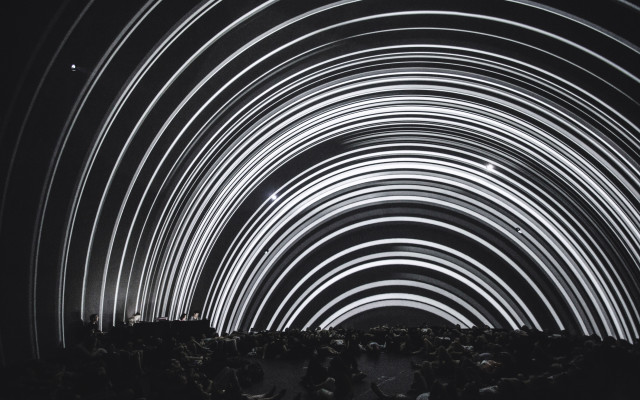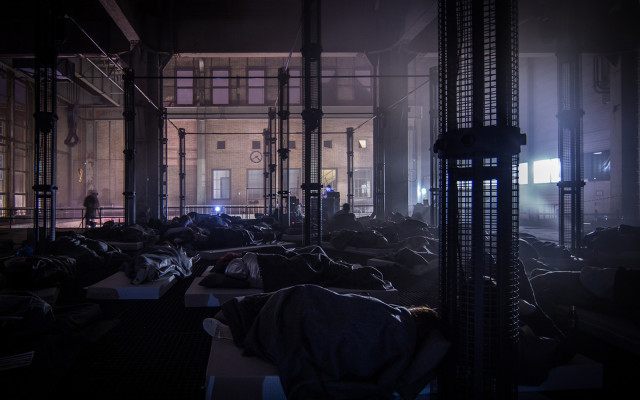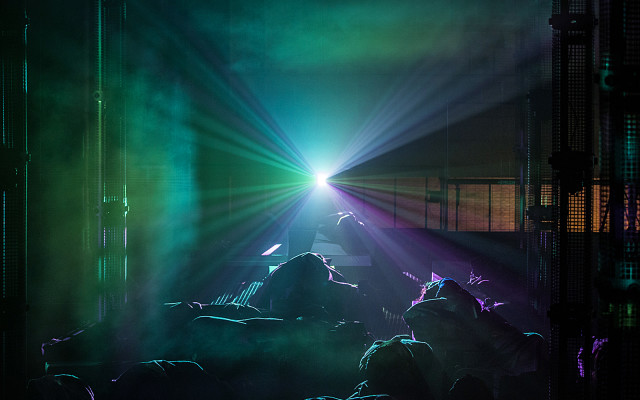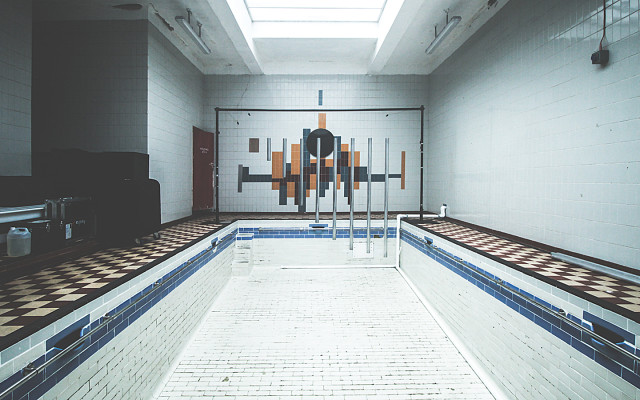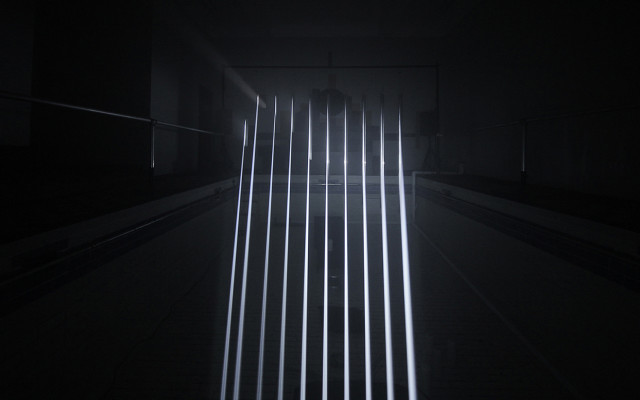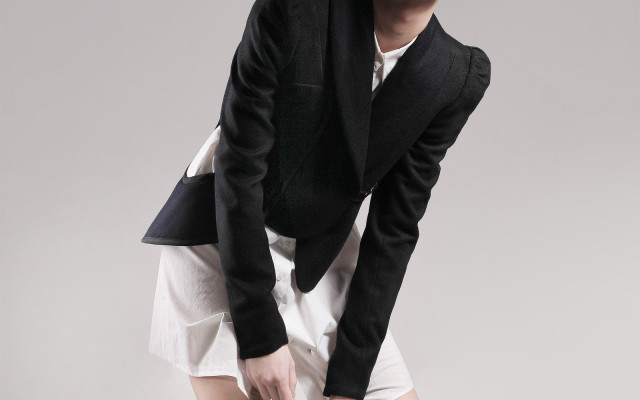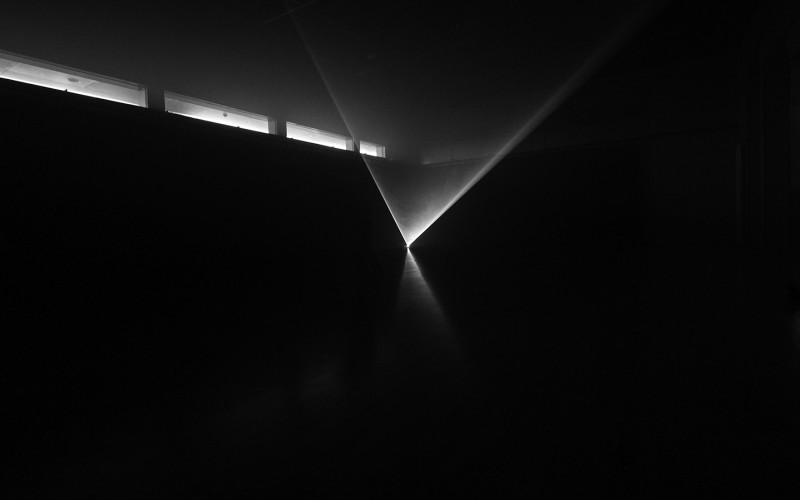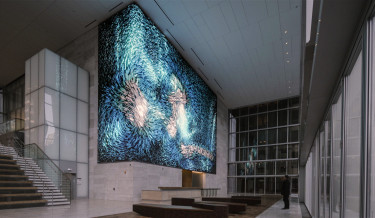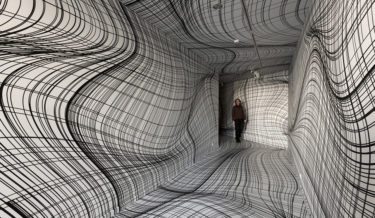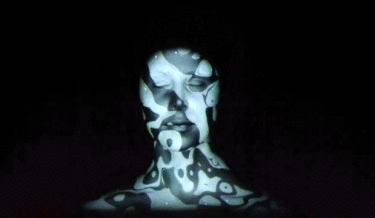Related post
Virtual Depictions: San Francisco – Cinematic data-driven sculpture
Dec 15, 2015
|
Comments Off on Virtual Depictions: San Francisco – Cinematic data-driven sculpture
2362
Vertigo-Inducing Room Illusions by Peter Kogler
Apr 05, 2017
|
Comments Off on Vertigo-Inducing Room Illusions by Peter Kogler
4010
See Kat Von D Transform with Projection-Mapped Makeup
Nov 11, 2015
|
Comments Off on See Kat Von D Transform with Projection-Mapped Makeup
4508

